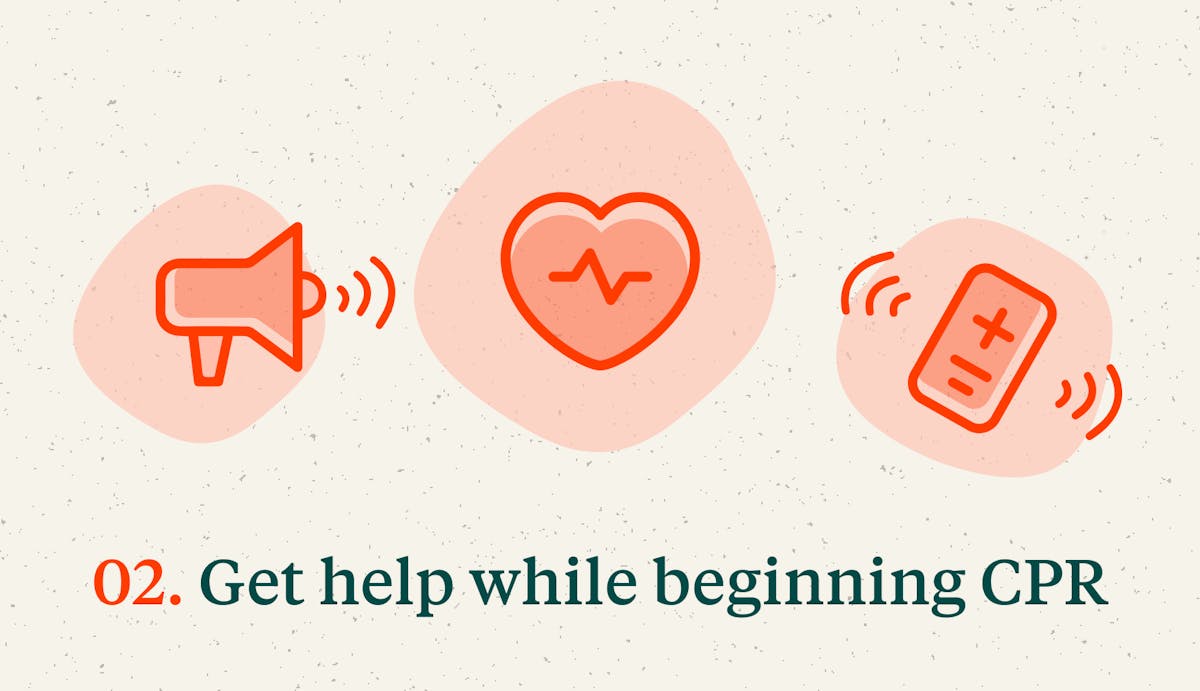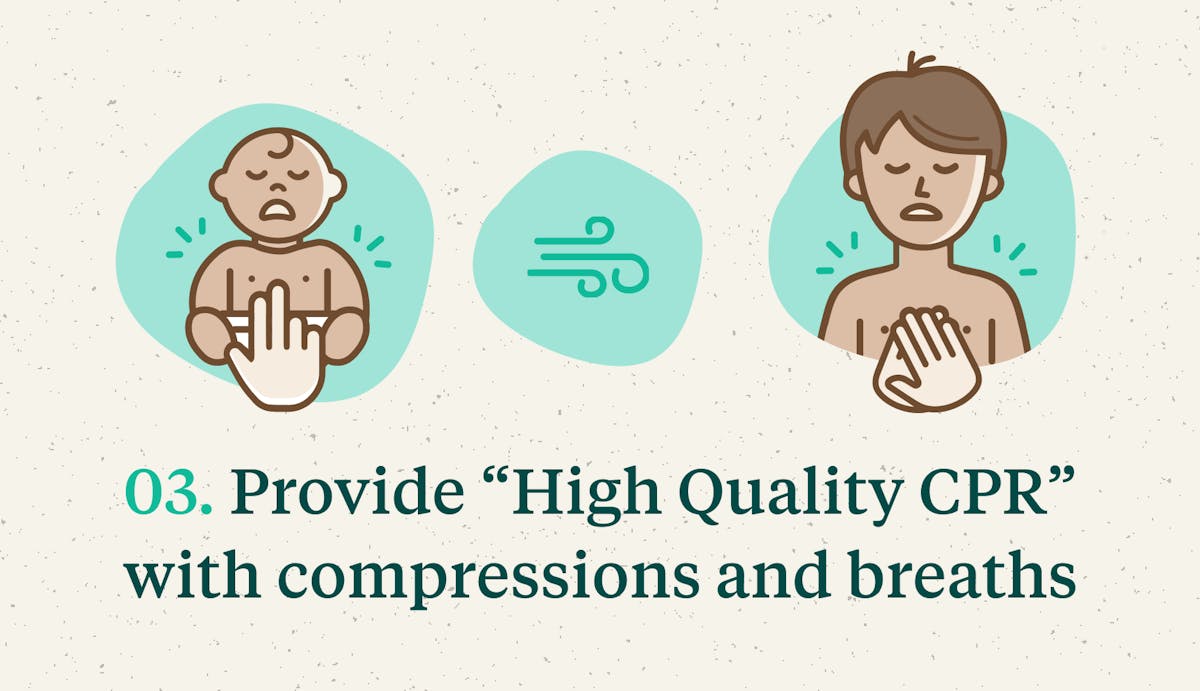Infant and Child CPR
A simple guide from guest author The Mama Coach, Alexandra Klenovich
Here's what you should know
Do something, and do it fast. RECOGNIZE, ACTIVATE, DO.
Recognize if an infant or child is in trouble and in need of help. Activate help, call 9-1-1 as soon as possible. Do, perform high quality CPR.
In CPR or Cardio-Pulmonary Resuscitation (CPR), time is very important. When you have an unconscious little one, damage can begin after only a few minutes without oxygen. Acting early and fast can significantly increase the chance of survival.
Home Care Tips to Performing CPR

- Check to see if the infant or child is awake and breathing normally. Tap and shout.
- If not breathing normally or at all, place the child or infant is on their back on a firm flat surface and remove their top or clothing so you can see their chest.

- If you are alone and your cell phone is not close, perform 5 cycles of CPR or 2 minutes (30 compression and 2 breaths = 1 cycle) before calling 9-1-1.
- If your cell phone is near, call 9-1-1 right away and then begin CPR after placing the phone on speaker.
- If there is help, have them phone 9-1-1 and get an AED if available while you begin CPR.

Infant (under one year of age):
- Place 2 fingers of one hand on the breast bone (just below the infant’s nipple line) and push down 30 times at a depth of 1 1/2 inches. Be sure to let the chest return to neutral position after each compression
- Aim for 100-120 compressions per minute. At the end of 30 compressions you will then give 2 breaths.
- For the two breaths, open the airway by using a head-tilt, chin-lift technique. You will want to cover their nose and mouth with your mouth and blow in two breaths over 1 second each.
- Repeat cycles until they become conscious or help arrives.
Child (12 months to armpit hair (puberty)):
- Place the heel of your hand or two hands stacked (for larger child) over the lower half of breast bone, just below the child’s nipple line. Push down 30 times at a depth of 2 inches. Be sure to let the chest return to neutral position after each compression.
- Aim for 100-120 compressions per minute.At the end of 30 compressions you will then give 2 breaths.
- For the two breaths, open the airway by using a head-tilt, chin-lift technique. You will want to pinch nose and blow into their mouth. Blow in two breaths over 1 second each.
- Repeat cycles until they become conscious or help arrives.
It should be noted that if the infant or child lost consciousness (become unresponsive) because of a a severe choking obstruction, the following consideration should be made while providing CPR. When opening the airway to give breaths, each time, LOOK in the throat for the object. If you see the object in their MOUTH, remove it. DO NOT, however do a blind finger sweep as this could lodge the obstruction further.
Considerations for AED
If you are in a place that has an AED accessible. You will want to have someone retrieve it fast and use it. An AED or Automated External Defibrillator (AED) can detect an abnormal heart rhythm. For an abnormal heart rhythm it requires a shock of electricity in order for the heart to return back to its normal rhythm. The AED will assess and decide if it is appropriate to provide a shock, with your assistance.
How to use it?
- Turn AED on, follow prompts
- Attach pads to bare chest
- Let AED analyze the heart rhythm
- Is a shock advised? It will tell you this.
- Resume CPR as soon as possible
Child pads are designed for 8 years and younger. When in doubt, use adult pads. The pads, will have a photo on them showing where they should be placed on the body. If it is a child and there is only adult pads, place one pad over the heart and the other pad on the child’s back. One pad on top and one of the bottom with the heart in the middle. This will help to be sure that the electricity from the shock, if needed, is sent where it needs to go.
Final Thoughts
CPR is something that should be on every parent or caregivers resume. Knowing how and when to respond in an emergency like this and feeling comfortable starting CPR is a skill to be learned. If you would like more information or are interested in taking an Infant and Child CPR/Choking Class, please reach out to the Brave Care team or Alexandra-The Mama Coach.



